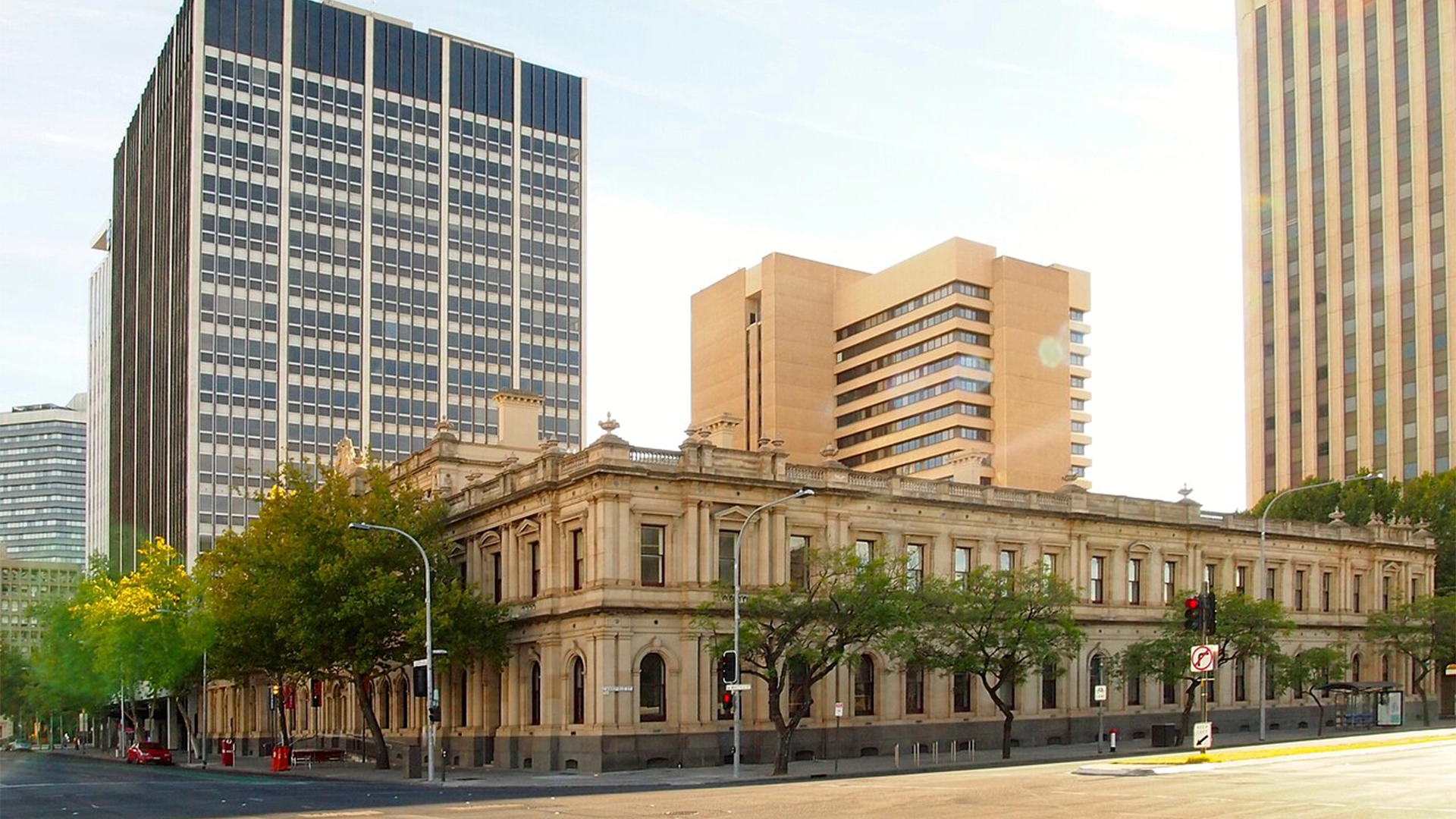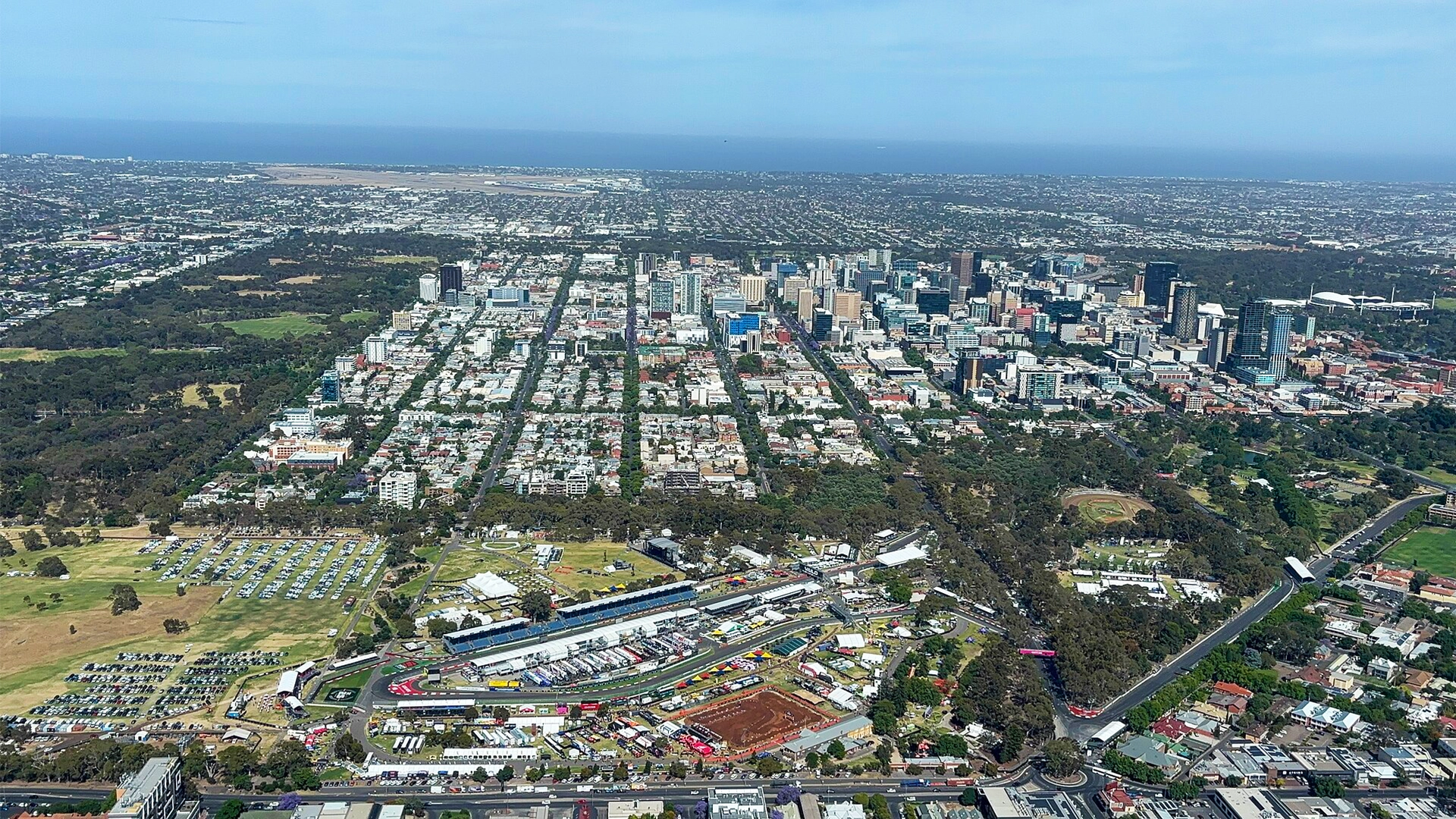
11 Oct Adelaide’s Moment: Navigating Opportunity in South Australia’s Property Market
The property market in Adelaide is increasingly capturing attention—not only among local buyers, but also among interstate investors and developers seeking growth potential underpinned by affordability and sound fundamentals. For a finance intermediary focused on helping clients structure optimal property finance, Adelaide offers a compelling case study.
Market Snapshot: Growth Backdrop and Forecast
Recent data shows Adelaide’s property market is delivering consistent momentum. According to NAB’s “Adelaide Property Market Insights” report (July 2025), dwelling values increased by 0.7% in the month, with quarterly growth of 1.5% and annual growth of 7.0%. Unit values also delivered solid performance, with annual growth nearing 8.5%.
Looking ahead, major banks forecast moderate but steady capital growth for Adelaide in 2025:
- Westpac: ~4.0 %
- NAB: ~5.0 %
- ANZ: ~4.7 %
These forecasts reflect expectations of further interest rate adjustments, stable demand, and the city’s appeal as a more affordable alternative to other capitals.
The structural context also supports optimism. Adelaide benefits from relative affordability, improving finance serviceability (if rates ease), and ongoing infrastructure investment—factors which tend to underpin sustained real estate demand.
Suburbs to Watch: Adelaide’s Rising Stars

The choice of suburb remains a key determinant of performance, and several areas are standing out in 2025:
- Top 10 Suburbs Identified by Canstar
According to Canstar’s 2025 list of best suburbs to invest in Adelaide, the following have been flagged:
Christies Beach (unit), Elizabeth Park, Hackham West, Modbury, Mount Barker, New Port (unit), Para Hills, Plympton (unit), Seacombe Gardens, and West Lakes (unit).
These suburbs combine factors such as capital growth, affordability, vacancy rates, and infrastructure connectivity in their rankings.
- Suburbs with Strong Growth Momentum
Affordable suburbs in Adelaide’s outer corridors led growth recently. The 2024 PropTrack top performers list places Davoren Park atop, recording ~28% growth, followed by Elizabeth North, Elizabeth Park, Elizabeth East, and Elizabeth Downs.
These suburbs capitalised on lower entry prices, investor interest, and spillover effects from better-established precincts.
- Investment Index Highlights
Finder’s Property Investment Index (as of September 2025) ranks suburbs for future potential. Among top scoring suburbs:
- Houses: Royston Park, Clarence Gardens, Somerton Park
- Units: Marden, Payneham, Kent Town
These suburbs suggest pockets across inner and middle rings where buyer demand and growth scoring align.
- Suburbs Approaching the Million-Dollar Club
Ray White data suggests Adelaide may see 45 suburbs reach median house prices above $1 million if current growth continues. Suburbs such as Bellevue Heights, Plympton, Flinders Park, and Coromandel Valley are among those projected for entry.
This trend indicates that growth is not only outwards but gradually infiltrating more premium corridors.
Financing Considerations in Adelaide’s Landscape
From the perspective of arranging property finance, Adelaide’s market dynamics shape lender and borrower behaviours. Here are key considerations:
Affordability and Leverage Sensitivity
Because Adelaide is typically more affordable than other capitals, moderate changes in interest rates or borrowing costs can have more pronounced effects on purchaser capacity. Thus, structuring conservative loan-to-value ratios (LVRs) and buffer stress testing remains essential.
Location Premiums and Margin Compression
In high-demand suburbs (especially ones trending toward million-dollar medians), competition among lenders may tighten margins. The ability to secure favorable terms, competitive rate buffers, or offsets becomes a differentiator.
Unit vs House Trade-offs
Units in inner suburbs have posted relatively strong growth, sometimes outpacing houses. However, houses often carry lower per-unit land risk and may suit longer-term capital stability. Balancing growth expectations with downside protection is critical.
Project and Subdivision Finance
Given ongoing land development and infill projects in Adelaide, there exists opportunity in structuring finance for off-the-plan, staged developments or subdivisions—particularly in growth corridors. Aligning drawdowns with construction milestones and managing interest exposure is particularly relevant in this market.
Risk Diversification & Timing
While forecasts are positive, macro-economic volatility (rates, liquidity, regulation) remain relevant. Diversification across lender types, term structures, and dwelling types (house/unit) helps mitigate downside risk.
Strategic Approach: How Property Finance Invest Frames Adelaide Engagement
Leveraging local insights and national comparative experience, Property Finance Invest approaches Adelaide with several strategic emphases:
- Data-led suburb selection: Prioritising suburbs with proven growth or upside scoring, drawing on indices and market reports (e.g. PropTrack, Finder, Canstar).
- Customized lending packaging: Structuring loan products suited to Adelaide’s rhythm—balancing debt serviceability, buffer capacity, and alternative servicing metrics.
- Scenario stress testing: Running downside scenarios on interest rates, vacancy, and absorption, especially in outer and higher risk suburbs.
- Exit and liquidity planning: Given anticipated price escalations, ensuring clients maintain flexibility to refinance or exit if markets shift.
- Education and transparency: Guiding clients through Adelaide’s market narratives, risks, and rewards in an accessible manner.
Final Thoughts
Adelaide’s property market is showing signs of strength and sustainability. With solid annual growth, favourable forecasts, and multiple suburbs emerging into focus, it offers fertile ground for considered investment. Yet as with any market rising in profile, disciplined finance structuring, suburb selection, and risk mitigation remain foundational.
For borrowers, investors, or developers looking to tap Adelaide’s potential, partnering with a finance specialist who understands the local levers can make a critical difference. Property Finance Invest is well positioned to support clients in navigating these opportunities—translating market insight into accessible, robust finance structures that align with each client’s objectives.
If further analysis on specific suburbs, loan structuring scenarios, or Adelaide’s submarkets is of interest, a follow-up article can zoom deeper into those areas.


